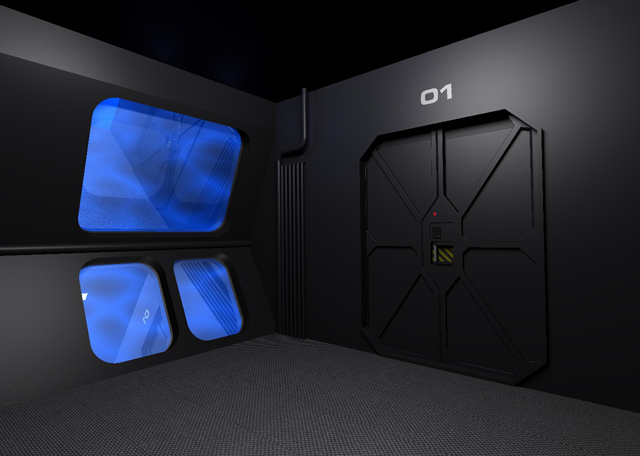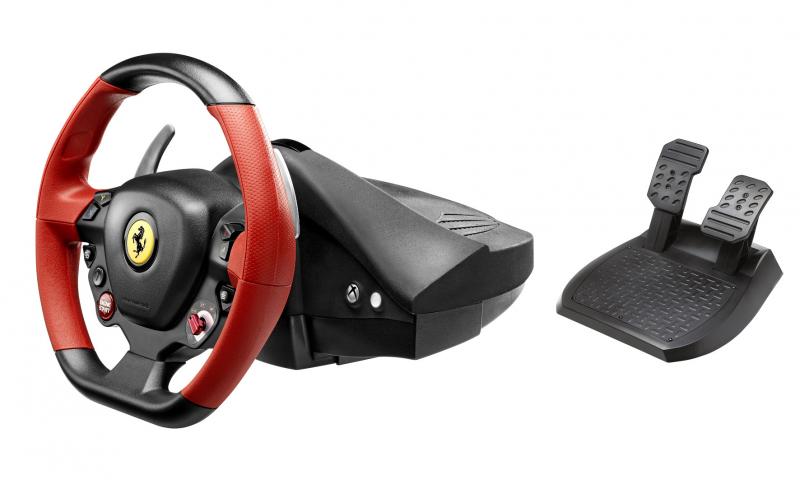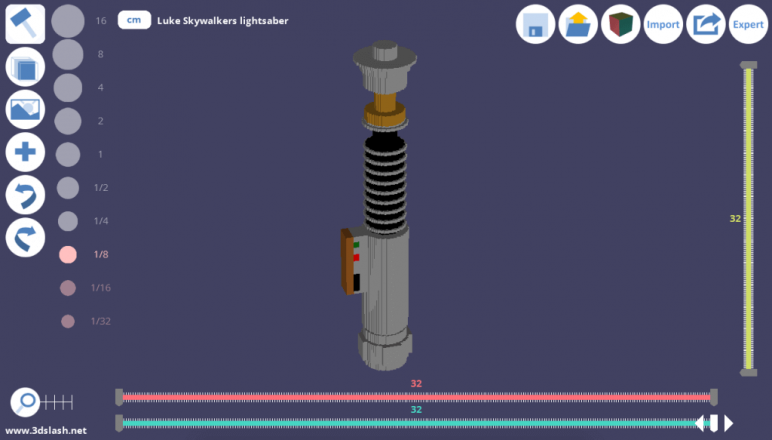Autodesk 3D modeling software can be used for many different purposes from architecture, entertainment and video games to making informative posters and presentations. Autodesk offers industry standard programs for Windows and Mac including Autodesk 3d modelling software like 3ds Max, Maya, Revit and more. With good 3d modeling software, you can create first three-dimensional homes and character and effects.

Best 3D Rendering Software. Art of Illusion is a free, open source 3D modelling and rendering studio. Many of its capabilities rival those found in commercial programs. Combine solid and surface modeling has made it a favorite in multiple design fields that engage in the articulation of 3D forms and spaces. Available for the Mac. The best 3D modeling software will vary based on your needs, but there plenty of options available. Buy it now from: Pixologic. Best free parental control software for PC, Mac, iOS.
Architects use Autocad, Revit and 3dsMax to develop 3D models and visualization their building and infrastructure projects. Fusion 360 Fusion 360 combines industrial and mechanical design with collaboration in an easy-to-use, affordable 3D CAD tool. Revit Revit is the best BIM (Building Information Modeling) software to design both small projects like a house and large commercial buildings. It is mostly used building information modeling in architecture and construction industry around the world. This BIM tool enables you to work quickly and accurately. Revit models can be linked directly into Autodesk 3ds Max (release 2013 and later) for more advanced rendering and animation projects with much of their material and object information maintained. Inventor Autodesk Inventor is the popular 3D CAD software offers professional-grade 3D mechanical design, documentation, and product simulation tools.
AutoCAD 3D AutoCAD is the world leading 2D and 3D software application. You can work with TrustedDWG technology across desktop computers, cloud, and mobile devices. Autocad 2018 version is available to download a free 30-day trial and it supports for PC or Mac. Mudbox Mudbox is a 3D digital painting and sculpting software. It provides 3D artists with an intuitive and tactile toolset for creating and modifying 3D geometry and textures. Autodesk Mudbox is available for windows, mac, and Linux. It’s easy to get started.
Download a free 30-day trial and try it out. PowerShape If you need a 3D software to create complex models for manufacture industry, PowerShape is an absolutely best choice for you. PowerShape CAD software combines surface, solid, and mesh modeling to help engineers prepare molds, dies, and other complex parts for manufacture. PowerShape is only available. Download PowerShape 9. FormIt FormIt is a BIM-powered architectural modeling software.
Autodesk FormIt architectural modeling software enables architects to sketch, collaborate, analyze, and share early-stage design concepts. FormIt Pro is available only in the Architecture, Engineering & Construction Collection. With FormIt intuitive 3D sketching, you can capture your design when inspiration strikes with familiar, easy-to-use sketching tools.
10. Maya LT Maya LT 3D game development software offers professional indie game developers creative tools at an affordable price. 11. Revit LT A cost-effective and streamlined 3D BIM tool that helps you produce high-quality 3D architectural designs and documentation.
For 3D modeling, it really helps to get a computer that's powerful enough to model complex scenes and render fast, definitely something better than. In addition to the points mentioned in the article linked above, below are the specifications I look for specifically when getting a new computer specifically for 3D modeling. You can use the information below to build your own system, or get a pre-build desktop or laptop.
There will be a list of my recommended systems below as well that you can use as a starting point when looking for your ideal system. Graphics card You'll need a graphics card that's capable of displaying complex scenes. An ideal graphics card should have a fast processor and enough memory.
The games that I personally play and enjoy with a wheel and pedals are Need For Speed Shift 2: Unleashed (Shift 2: Unleashed), Dirt 2, and Dirt 3. Shift 2 is more track oriented, including some of the big names in GT tracks, such as the Nurburgring (the Nordschleiffe looks great in game) over a variety of car-classes, from standard cars like Honda Civics, to full blown GT cars.  Dirt 2/3 are both rally oriented, as well as covering things like Baja trucks, Gymkhana, snow tracks etc. There are other titles out there but those are the big 3.
Dirt 2/3 are both rally oriented, as well as covering things like Baja trucks, Gymkhana, snow tracks etc. There are other titles out there but those are the big 3.
The processor will translate data into the things you see on screen, e.g. Get the data from a Maya file and display the 3D models, scenes and assets on screen. The (temporary) memory stores all the models you see in the file. If the scene is very complex with lots of polygons, then it's going to use more memory. When it runs out of memory, the system will start to lag when you rotate the model in 3D space. Here are the pages for the specifications as recommended by Autodesk for,. By the way, so you don't need a top of the line 3D graphics card for that.
Another important point to note are the ports available from the graphics card. Nowadays most graphics card have DVI and HDMI ports. MiniDisplay ports are also becoming more common. Processor It's only recently that Autodesk has improved on the design of Maya and 3ds Max to use multi-core processors more efficiently. But generally speaking, some of these 3D software are still not taking full advantage of all the cores available.
If you want to multi-cores, it's best to set up multiple virtual machines,. I've tested the latest Maya 2016 and it's now finally able to use multi-core and rendering with multi-core is just MANY TIMES FASTER! AutoCAD is worst because it's a single-threaded application, meaning if you're using 100% on a one-core machine, it will use only 50% of each core on a two-core machine (making a total 100%). Even though the 3D software don't use multi-core effectively, I would still recommend you get at least a quad core, and one with relatively fast clock speed.
Reason is your operating system will also use the processor. With more processors, the load will be shared between the OS, 3D software and other apps that you're using. Having a processor will help you render faster. So even though the 3D software may not use all cores, at least it can still render fast if you have a fast processor.
Personally, I feel that it's better to get less cores (at least 4) at higher clock speed, than more cores at lower clock speed. Memory 8GB is the minimum I would get nowadays.

If you're not short of budget, get 16GB. More memory will enable you to open and work on many applications at the same time without lag. Storage To save money, you can get the traditional, slower but spacious hard drives that run at 7200RPM. At the time of this writing,. If you want a speedier drive, go for the more expensive SSD but you would have to live with smaller capacity. The ideal system would be one that has both SSD and hard drive.
You can install OS and applications on the SSD to take advantage of the speed so that your system and applications can launch fast, and files can save fast. Monitor Most monitors in the market now support 1920 by 1080 resolution and that's the minimum I would go for working with 3D software. I love having a large viewing space and still have space for the many control interface. I would choose a monitor with 1920 by 1200 resolution. You can check out. If you can afford it, I highly recommend a monitor that supports 2560 by 1440 resolution. A higher resolution screen improves productivity significantly.
Best 3d Software For Mac

Monitors that fit the criteria are the Dell,. They are all good. I've use various Dell monitors over a decade. I would advise against getting a 4K or even 5K monitor because the Maya interface is not optimized for such high resolution, and it will make the control panels and buttons tiny to see and click. Recommended desktops The systems below are selected from the full list of systems that Autodesk recommend on their website for (pdf).
If the main application is Maya, you would greatly benefit from going the Xeon/Quadro route. There are too many different configurations for listing so I've put only the main product line.
You can visit the link to explore all the different configurations. (for Maya).
(for Maya). (for Maya, 3ds Max). (for Maya) Personally, I would go for the HP Z840 where I can get to choose my own graphics card.
The base system is powerful enough and because it's a desktop, you can easily add additional storage and RAM. If you need SSD, Recommended laptops. (for Maya, 3ds Max).
3d Rendering Software For Mac
(for Maya, 3ds Max). (avoid those without the Quadro graphics card). (for 3ds Max). (for 3ds Max). (for 3ds Max). (I've tested it with Maya) These laptops all have good specificaitons. Of them, I've only used the Dell Precision 5510 and it's just slightly slower compared to my 2013 quad-core Mac Pro.
That's really impressive when you're comparing a desktop to laptop. What about a Mac system? The most powerful system from the Mac would be their late 2013 Mac Pro systems that can go up to 12-cores. But unfortunately, I've read of complaints with regards to glitches and support problems on forums that it's probably not worth recommending Mac for running Maya. However, I did not really see any problems with running Maya 2016 on my 2016 Mac Pro. A lot of other 3D software, tools, plugins are available on the Windows.
It will be easier to share assets. For example, transferring objects from Mudbox to Maya is easier on Windows. Backup And for goodness sake, get an external drive to backup your files. An external hard drive like is affordable and worth it for the peace of mind. Share your system configuration If you have recently bought a system for 3D work, share your system specifications with other readers here. It's always helpful to see what others are using, especially when it comes to building a specific rig for 3D work. Tags:.
13 Comments Submitted by Tyler on.